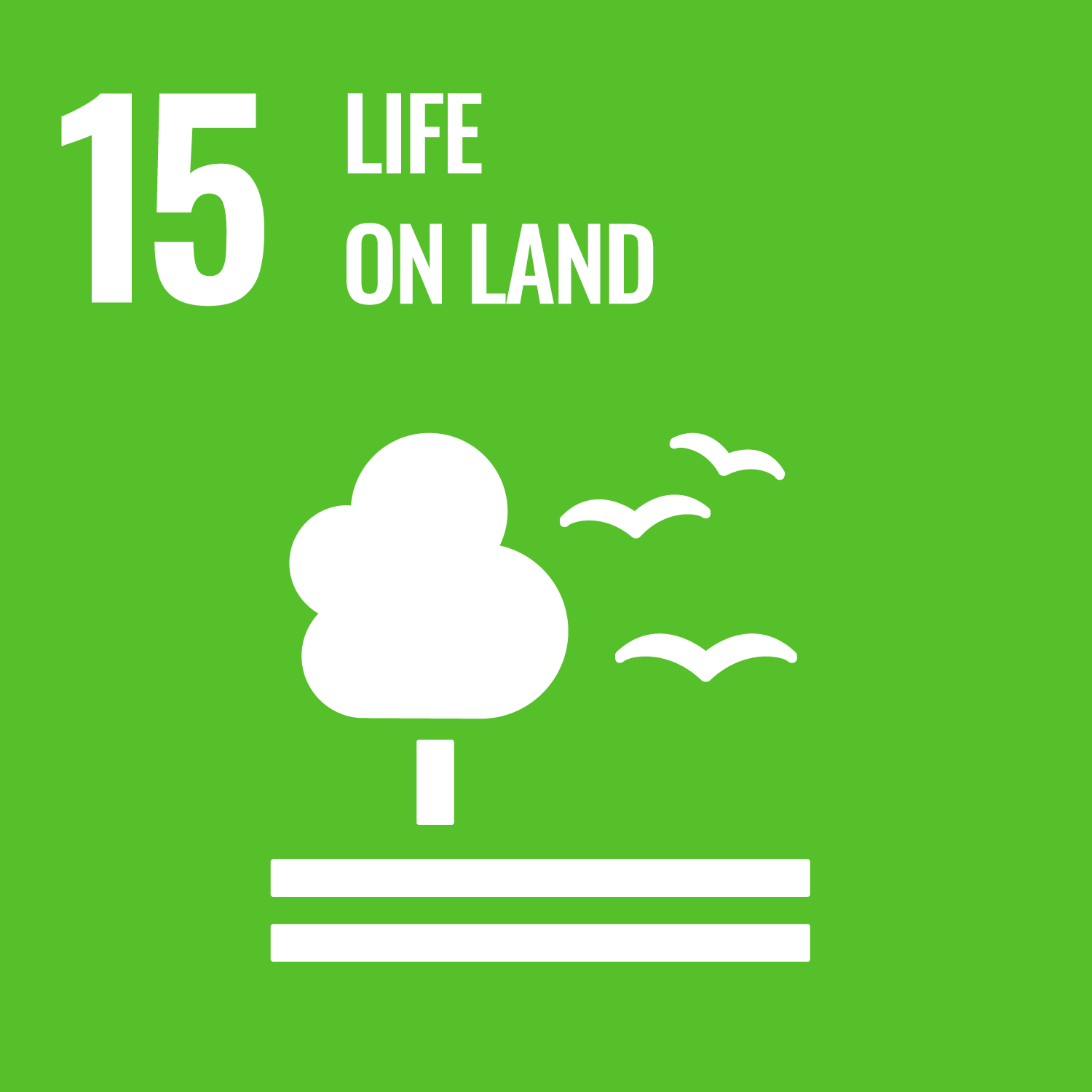SDG Detail
BIOL8610 - Conservation and Management of Wild Populations
NoneProject description
This unit deals with the theory and practice of the conservation and management of wild populations of animals and plants. Lectures and tutorials concentrate on the application of population biology to problems in wildlife conservation, including demographics, risk assessment, conservation genetics and monitoring protocols. Case studies will drawn from Australia and the rest of the world.
Project aims
?
Project outcome
1. Demonstrate knowledge of the processes influencing the demography and genetic structure of wild populations, and of the theory, principles, and methods of managing wild populations for conservation purposes 2. Gather, critically evaluate and synthesise diverse information sources to make an assessment of extinction risk, potential conservation actions, and critical knowledge gaps, for particular species and populations 3. Describe methods used to monitor wild populations, including the particular population-level parameters being measured, the potential sampling biases of these methods, ethical considerations, and their application to conservation 4. Design a scientific study that implements population monitoring protocols to critically assess a conservation action, or addresses a critical knowledge gap, for a particular species or population 5. Review, critically evaluate and synthesise diverse scientific literature in the area of conservation biology and communicate an understanding of this in a written form
Related SDGs
The corresponding sustainable development goals correlated with this project. You you click the icon to link to SDG category description page.









